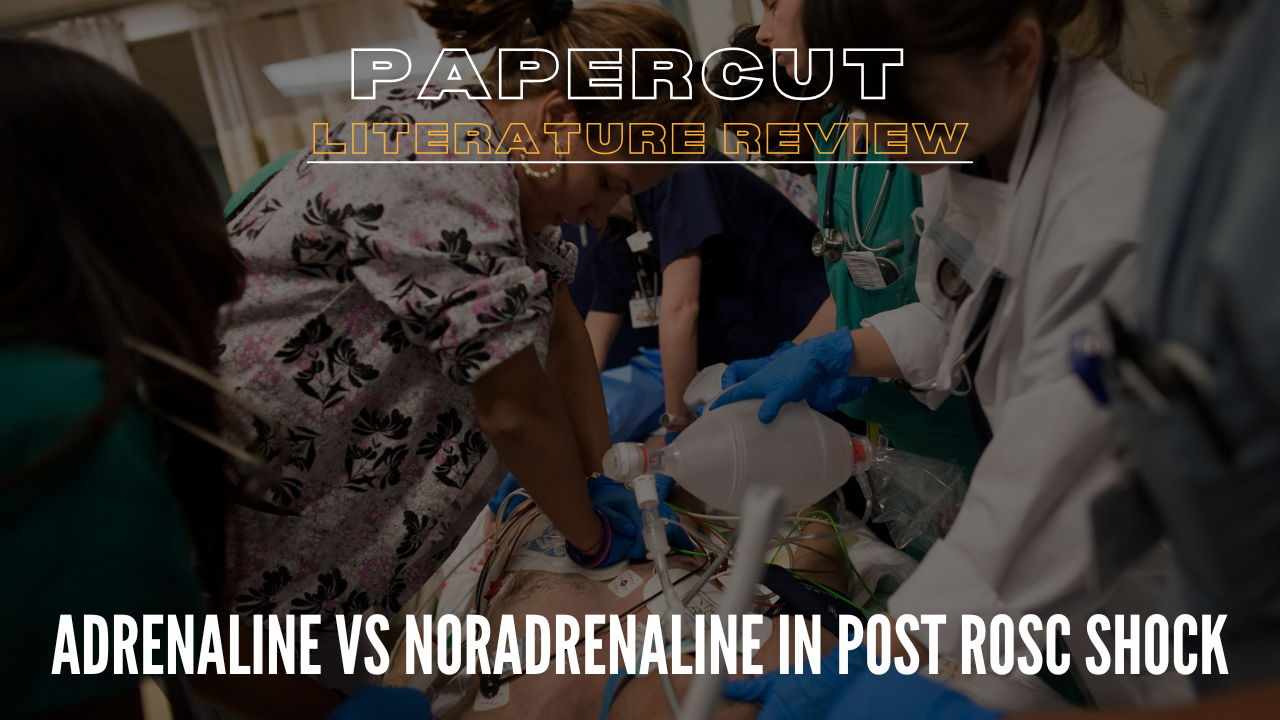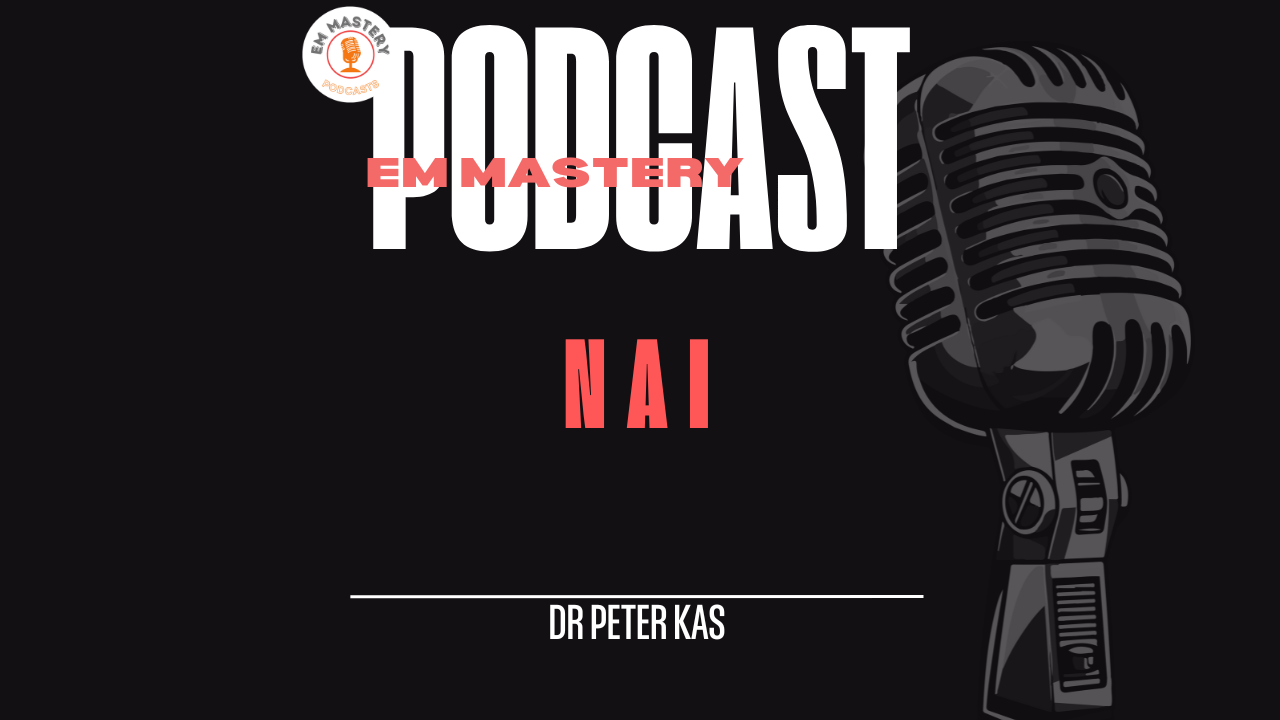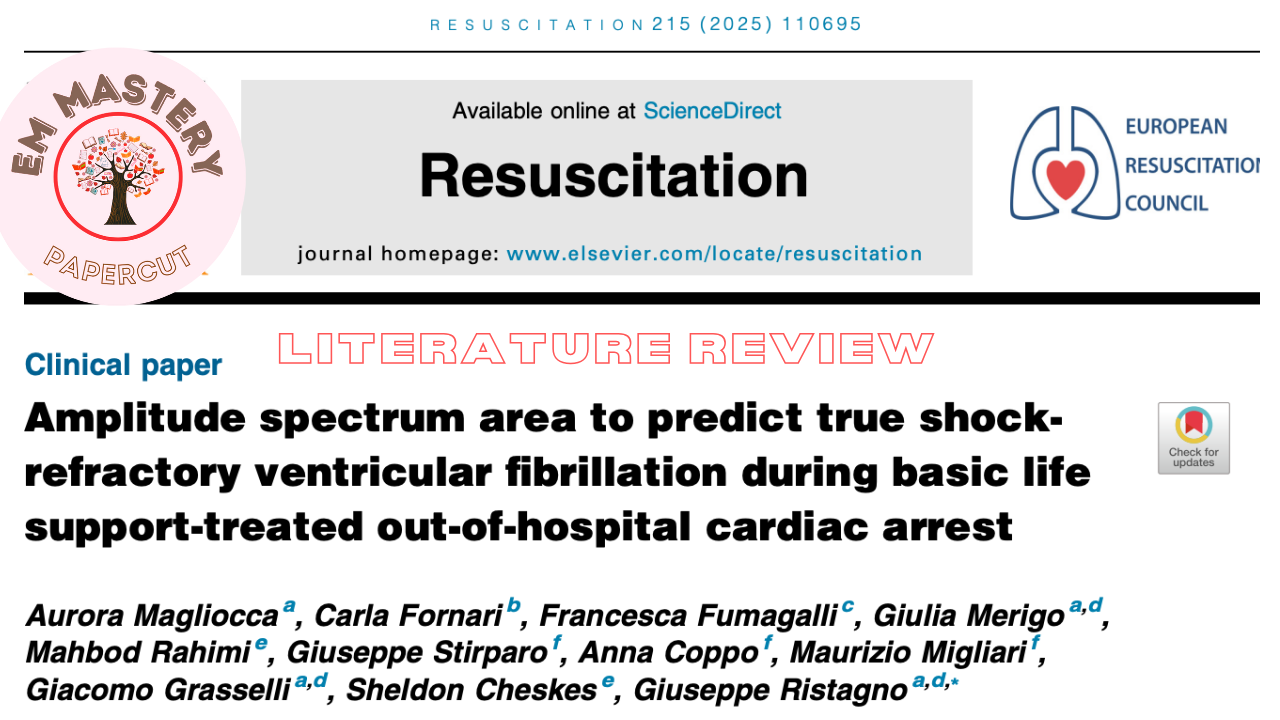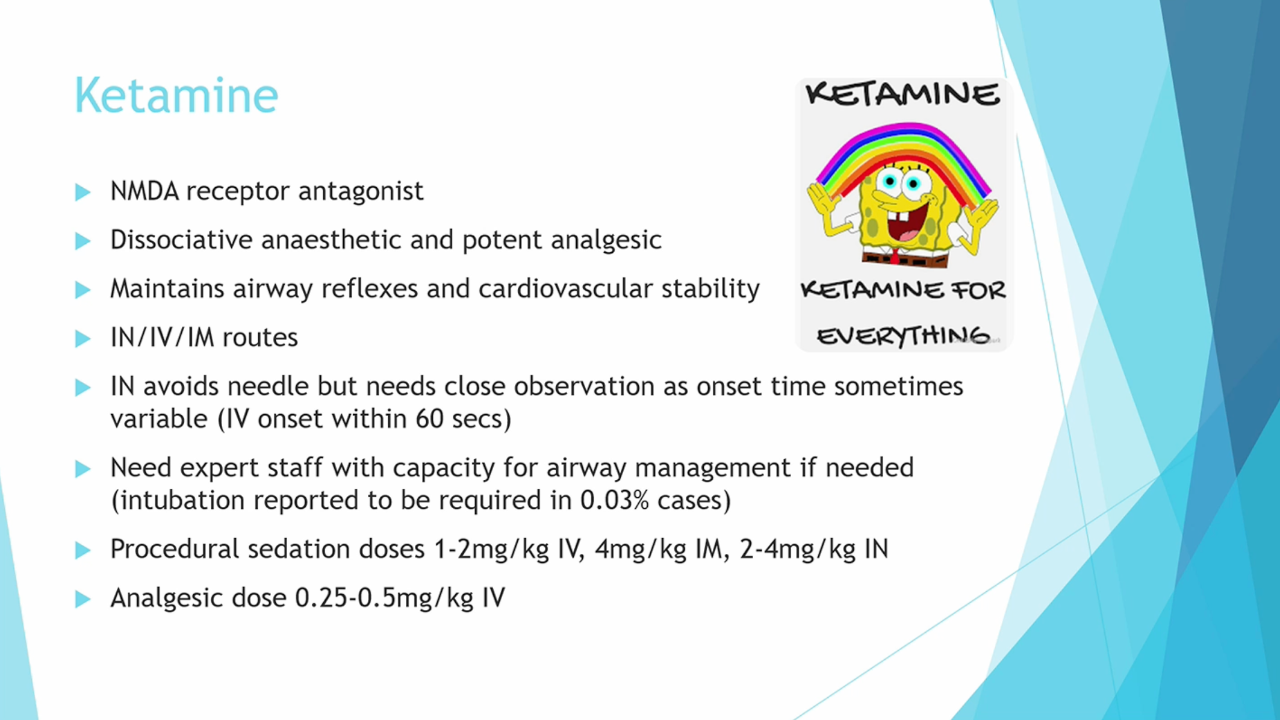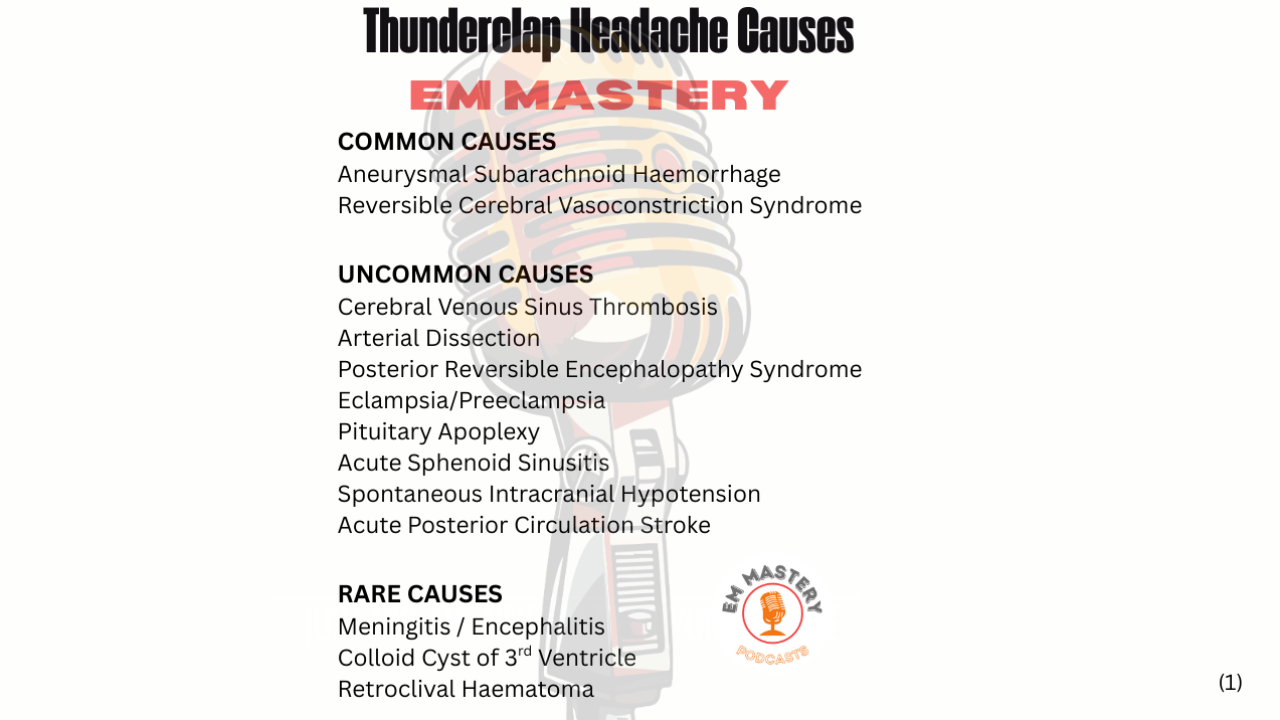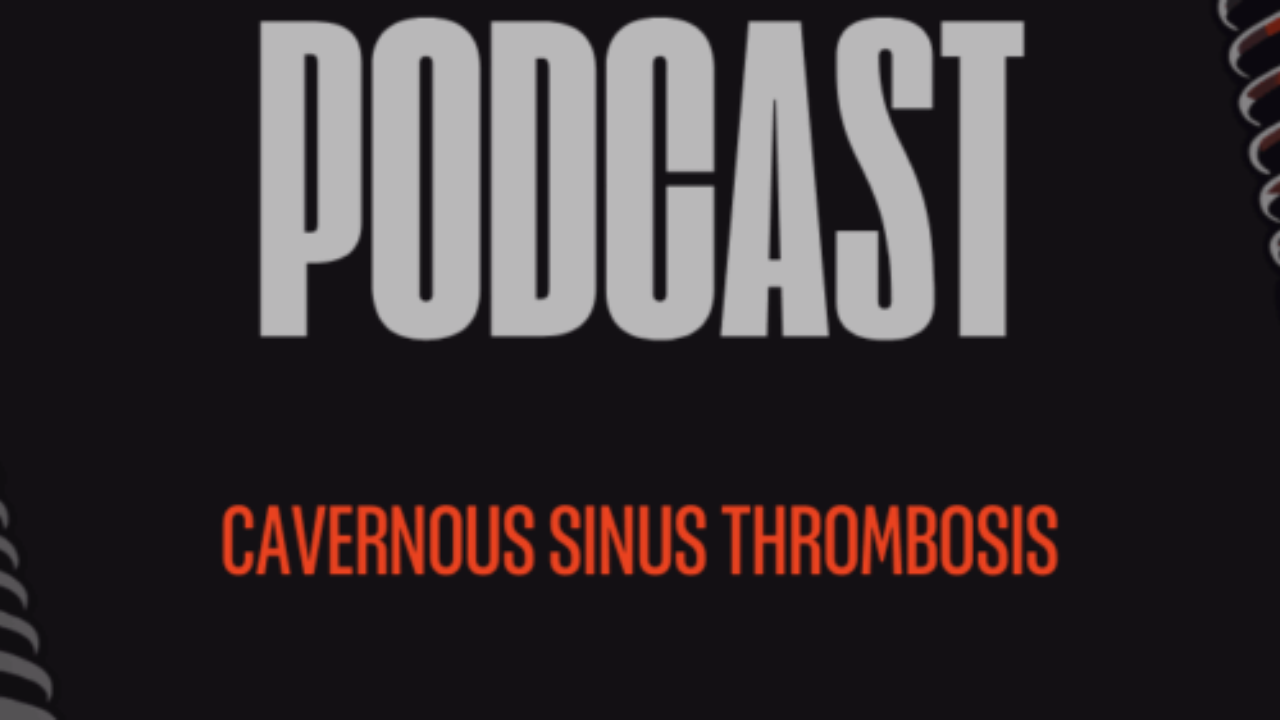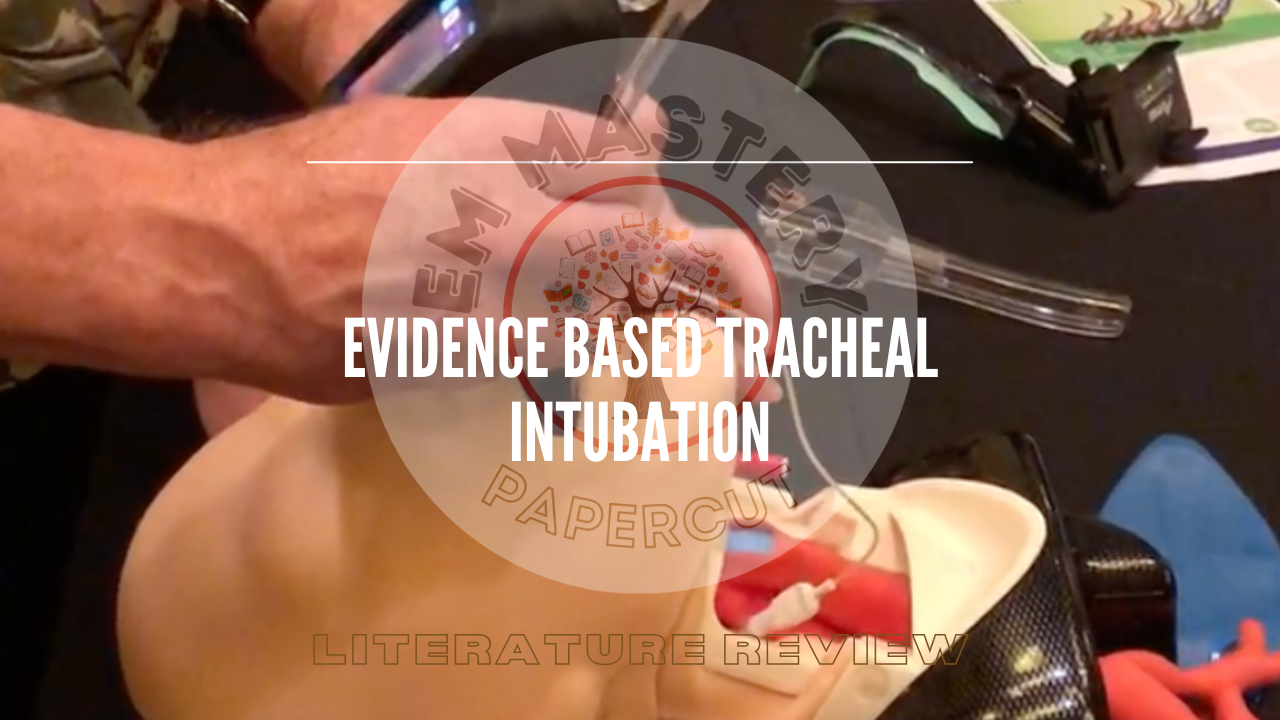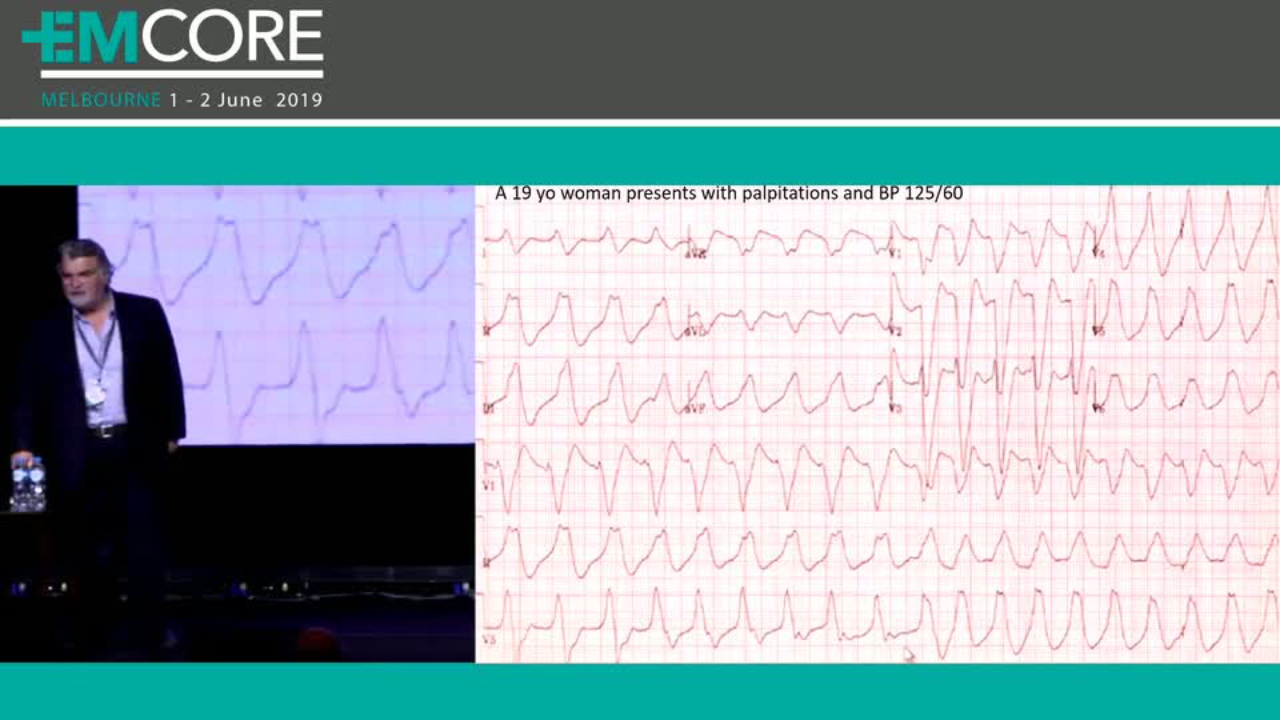
Hypertensive Emergencies
Mar 27, 2024Hypertensive emergencies are defined as sudden and prolonged increases in the arterial blood pressure, with associated organ damage. The degree of increase above that which the patient normally has, and the degree and duration of the rise are not usually taken into account.
No single figure for blood pressure is usually defined, however if a single figure was important, we should be concerned with readings of :
- Systolic Blood Pressure > 180mmHg and /or
- Diastolic Blood Pressure > 120mmHg
Below we will look at each potential emergency and the treatment for it.
Rate of Blood Pressure reduction
As a general rule(ie not the exceptions below), blood pressure should be reduced by <25% within the first hour.
If the patient is stable further reduction can occur over the next 2-6 hours to:
- Systolic blood pressure of 160mmHg
- Diastolic blood pressure of 100-110 mmHg
Further reduction can then occur over the next 24-48 hours.
Exceptions to Slow Blood Pressure reduction
In the following circumstances the blood pressure must be reduced rapidly
- Aortic Dissection: Reduce the systolic blood pressure to < 120 mmHg within an hour and probably within 20 minutes
- Pre-eclampsia / Eclampsia/ Paeochromocytoma crisis: Reduce systolic blood pressure to <140mmHg within an hour
- Ischaemic stroke patients eligible for thrombolysis: Reduce systolic blood pressure <185 mmHg and diastolic blood pressure to <110mmHg
- Intracerebral bleeds have some specific requirements described below
Types of Hypertensive Emergencies
Cardiovascular Hypertensive Emergencies
Aortic Dissection
- The aim of treatment is to decrease the blood pressure and the shear stress on the aorta, minimising the propagation of dissection.
- The systolic blood pressure should be lowered rapidly to < 120 mmHg. Beware not to overshoot with blood pressure control.
- Treatment is with a beta blocker such as Labetalol or esmolol
- Hydralazine is contraindicated as it can increase the shear stress.
- If the blood pressure is not being controlled then Nitroprusside or Nitroglycerin can be added, but only after a beta blocker is used as these infusions can result in a reflex tachycardia.
Myocardial Ischaemia/Infarction
- Treatment may be commenced if:
- Systolic blood pressure is >160 mmHg and/or
- Diastolic blood pressure is >100 mmHg
- Treatment is with a beta blocker (Labetalol or Esmolol) and Nitroglycerin
Left Ventricular Failure and /or Pulmonary Oedema
- Aim to keep the blood pressure < 130/80
- Nitroglycerin is the first line drug
- Nitroprusside is a second line drug
- Consider a loop diuretic such as frusemide
- Beware, as beta blockers are contraindicated
Pre-eclampsia/Eclampsia
- Lower the systolic blood pressure to < 140mmHg within the first hour
- Labetalol and Hydralazine are the agents of choice
- Avoid Nitroprusside due to the potential for fetal cyanide poisoning
- ACE inhibitors, Angiotensin receptor blockers are avoided due to teratogenic effects
Neurological Hypertensive Emergencies
Acute Ischaemic Stroke
- In an ischaemic stroke, where no treatment is planned, blood pressure doesn’t need to be lowered unless the systolic blood pressure is >220 mmHg or the diastolic blood pressure is > 120 mmHg. At these levels consideration can be given to lowering of the blood pressure. Beware that the blood pressure decrease, doesn’t cause further ischaemia.
- Treatment is needed if the patient is due for thrombolysis. The aim is:
- Systolic blood pressure of <185mmHg
- Diastolic blood pressure of <110 mmHg
- Labetalol is the drug of choice.
- Avoid Nitroprusside and Hydralazine as they can increase intracranial pressure
Acute Intracerebral Haemorrhage
- Treatment is needed if the systolic blood pressure is > 220 mmHg
- There is controversy as to the lower limit of blood pressure. It is advised that care should be taken not to lower the systolic blood pressure to < 140 mmHg in those presenting in the first 6 hours, post bleed.
- Labetalol is the drug of choice.
- Avoid Nitroprusside and Hydralazine as they can increase intracranial pressure.
Acute Subarachnoid Haemorrhage
- Aim to keep the systolic blood pressure < 160 mmHg
- Beta blockers such as Labetalol and Esmolol are the drugs of choice here.
- Avoid Nitroprusside and Hydralazine as they increase intracranial pressure
Other Hypertensive Emergencies
Cocaine Toxicity / Pheochromocytoma
- Hyperadrenergic states can occur following cocaine or amphetamine use, or in those patients with a pheochromocytoma
- First line agents when sympathomimetic drugs are used are benzodiazepines
- If first line agents don’t work, consider phentolamine (alpha adrenergic blocker)
- A beta blocker alone is contraindicated as it will result in unopposed alpha adrenergic vasoconstriction, resulting in further blood pressure increase.
Medications Choices in Hypertensive Emergencies
There are multiple medications available, however I have included the most commonly used medications to make it simpler.
-
Labetalol
- Beta blocker
- 10-20mg IV to maximum dose of 300mg
- IV infusion at 0.5-2 mg/min
- Onset of action: 5-10 minutes
- Duration of action: 3-8 hours
- Contraindicated in the hypertensive patient in:
- asthma or obstructive airway disease,
- severe bradycardia,
- 2°/3° heart block (without pacemaker),
-
Esmolol
- Selective beta1-blocker, little effect on beta2 receptors unless high doses.
- 0.25-0.5 mg/kg IV over 1 min, then
- 0.05-0.3 mg/kg/min IV infusion
- Onset of action: 2-10 min (IV)
- Duration of action: 10-30 min
- Contraindicated in the hypertensive patient in:
- asthma or obstructive airway disease,
- severe bradycardia,
- 2°/3° heart block (without pacemaker),
-
Hydralazine
- Direct vasodilator; dilates arterioles with little effect on veins; decreases systemic resistance
- 5-20mg IV bolus
- 0.5-10 mg/hr IV infusion
- Onset of action: 5-20 min
- Duration of action: 1-4 hr (IV)
- Contraindicated in
- Aortic dissection
- Ischaemic strokes
- Intracerebral haemorrhages
- Coronary artery disease
- Mitral valve rheumatic heart disease
-
Nitroglycerin(GTN infusion)
- Organic nitrate: systemic venodilation, decreases preload
- 5-10mcg/min IV and titrate infusion
- Onset of action: 1-3 min
- Duration of action: 3-5 min
-
Nitroprusside
- 0.3 mcg/kg/min IV to a maximum of 10 mcg/kg/min
- Relaxes vascular smooth muscle, reduces afterload and preload
- Onset of action: <2 min
- Duration of action: 1-10 min
- Contraindicated
- Hypersensitivity
- Intracranial ischaemia/bleeds as increases intracranial pressure
- Pregnancy, as can cause cyanide toxicity
In Summary
Hypertensive Emergencies occur when there is end organ damage associated with a high blood pressure.
- Systolic blood pressures greater than 180mmHg and diastolic blood pressures of greater than 120mmHg should raise concern, although we shouldn’t fixate on a particular number.
- The blood pressure can be lowered rapidly in:
- Aortic dissection
- Pre-Eclampsia / eclampsia
- In most other cases the blood pressure should be lowered by no more than 25% in the first hour
- In ischaemic brain infarcts, the blood pressure may not need to be lowered at all, given that these types of strokes are different to those caused by intracerebral haemorrhage
Watch the video below where I go over several case studies.
Join Our Free email updates
Get breaking news articles right in your inbox. Never miss a new article.
We hate SPAM. We will never sell your information, for any reason.


